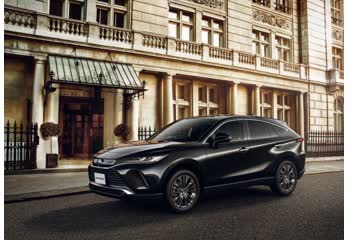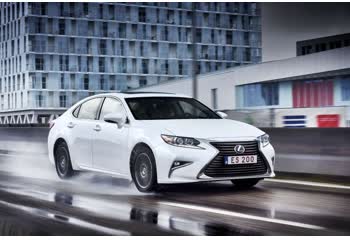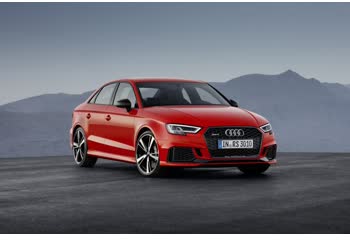Everything you need to know about specifications and performance - Toyota Harrier 2017 - 2.5 (197 Hp) Hybrid E-Four e-CVT

Overview:
What is the engine capacity of a Toyota Harrier 2017?
The engine capacity of the Toyota Harrier 2017 is 2493.
Toyota Harrier 2017 How many horsepower?
The engine power of the Toyota Harrier 2017 is 152 Hp @ 5700 rpm..
What is the Toyota Harrier 2017 engine?
Toyota Harrier 2017 engine is 2AR-FXE. (Click to see other cars using the same engine)
How powerful is the electrical system in the Toyota Harrier 2017?
The power of the electrical system in the Toyota Harrier 2017 is 197 Hp hp.
How much gasoline does a Toyota Harrier 2017 consume?
The Toyota Harrier 2017 consumes 4.6 liters of gasoline per 100 km
What is the recommended oil for a Toyota Harrier 2017 engine?
The recommended oil for a Toyota Harrier 2017 car engine is 5W-30.
What type of camshaft transmission system is used in a Toyota Harrier 2017 engine?
chain is used to transmit motion.
General:
Engine:
Performance:
Electric system:
Space:
dimensions:
Powertrain, Suspension and Brakes:
See also

Last generation.
Its production began in 2020 until Now

Same engine. (2AR-FXE).
Its production began in 2015 until 2018

Same engine. (2AR-FXE).
Its production began in 2012 until 2015

Same engine. (2AR-FXE).
Its production began in 2014 until 2017

Same production year and almost the same engine capacity.
Its production began in 2017 until 2020

Same production year and almost the same engine capacity.
Its production began in 2017 until 2020
Write a comment